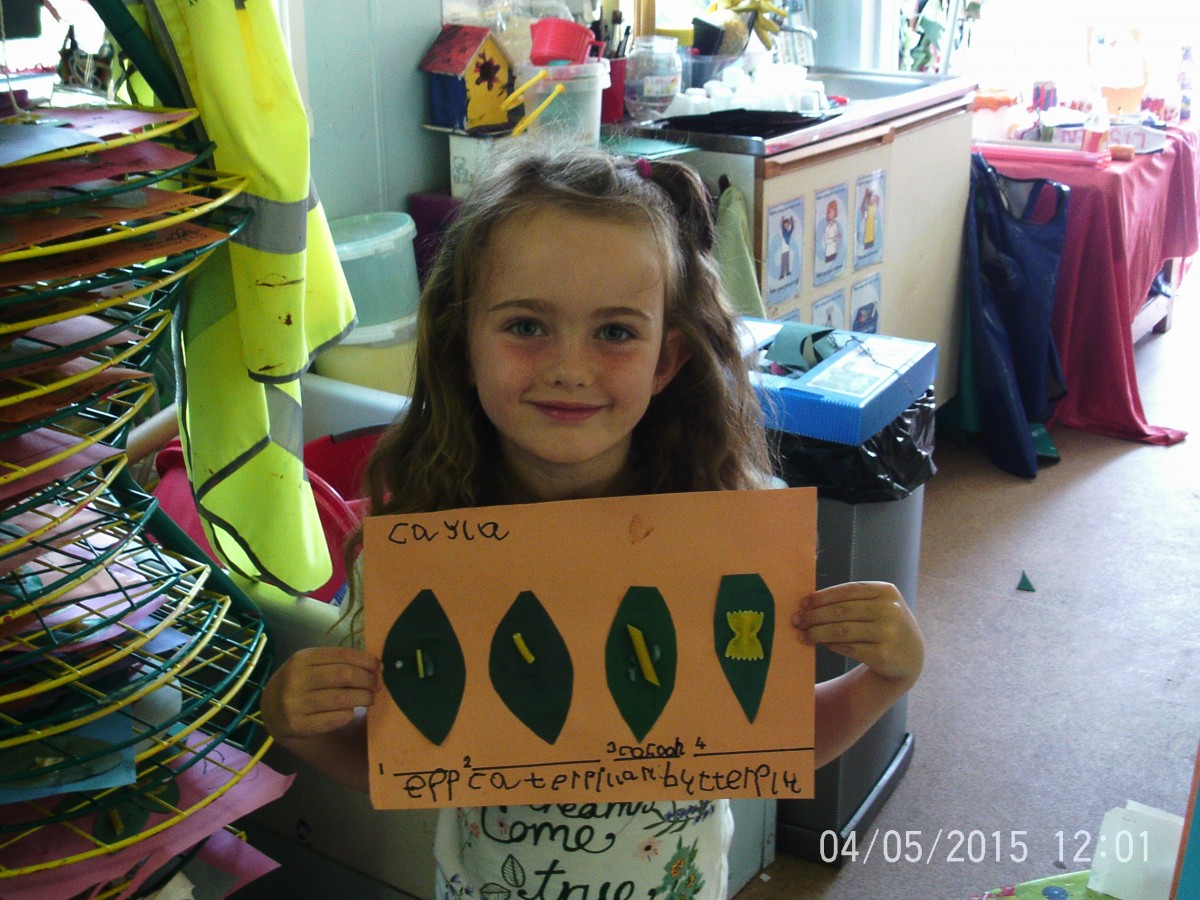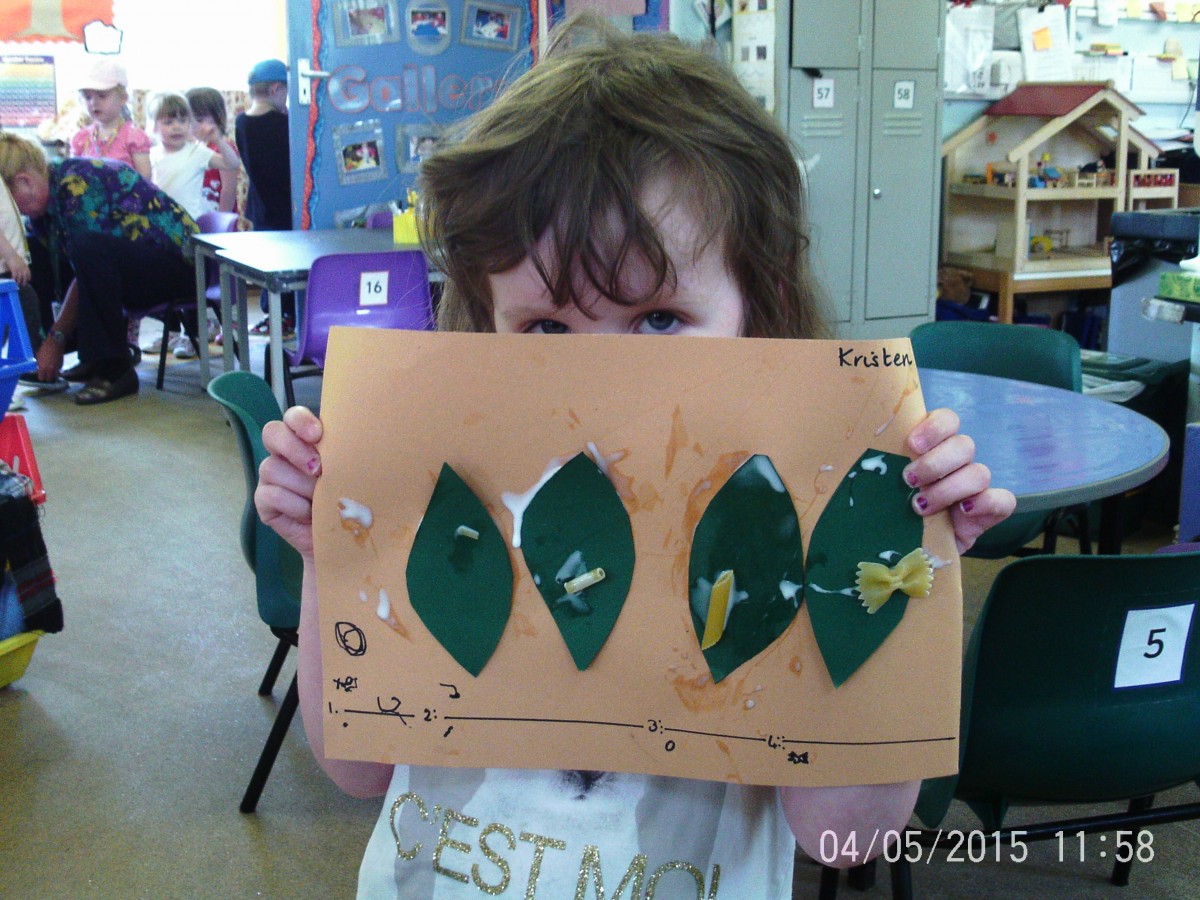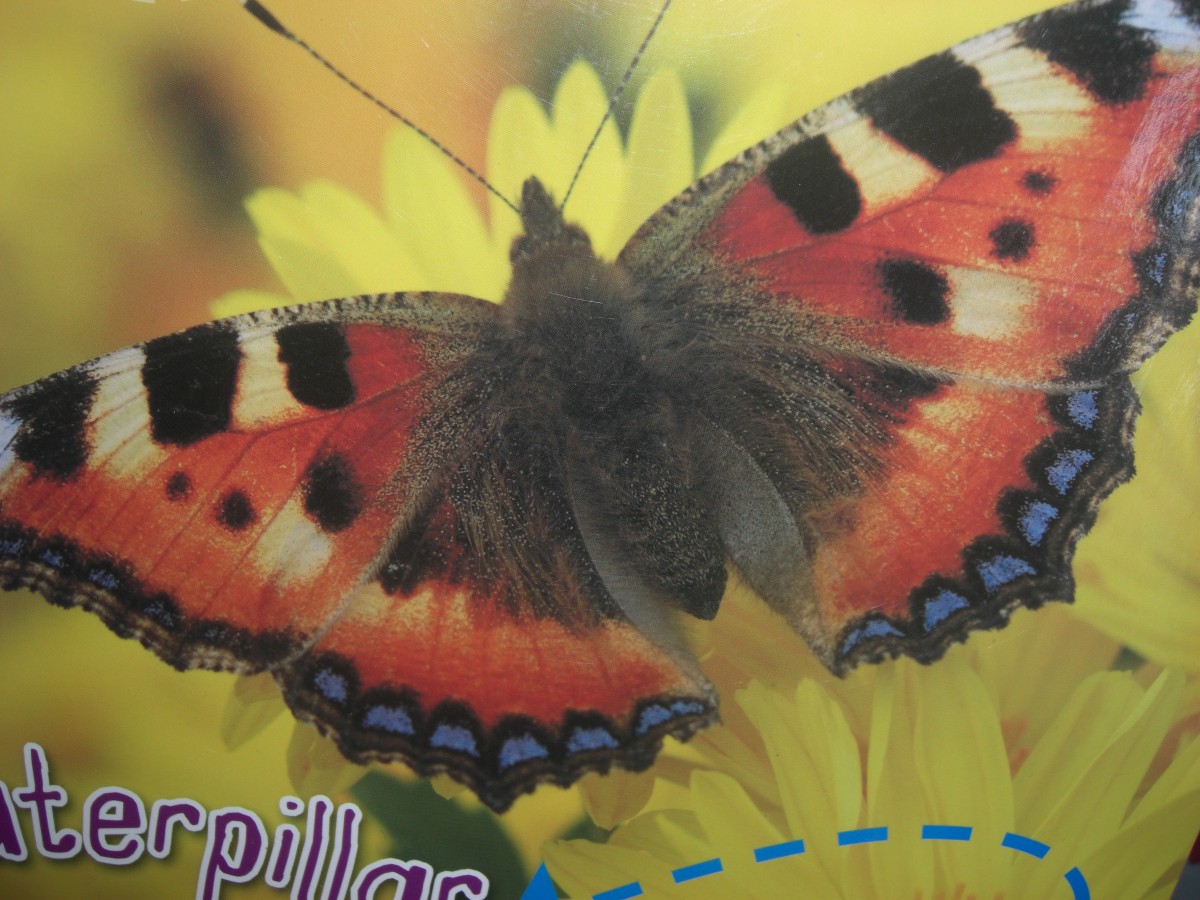Below you will find copies of our Profiling Tools for Second Level. This show what your child will be learning about in Maths and Language if they are working at Second Level.
Category Archives: English & Literacy
Kind Wishes at the Nursery
Today was a very special day at the nursery. Mrs Barber was presented with flowers, cards and many gifts from the nursery children and parents.Miss Thompson explained to the children that Mrs Barber had been teaching nursery children for 36 years and one parent said she had known Mrs Barber all her life. It was very emotional for all involved but we wish her a happy retirement and will miss her in the nursery. One more task before she goes…Our trip to North Berwick. Thank you for making this a special day. She has many happy memories, not only of her time at Mid Calder but throughout her teaching career in West Lothian.
Welcome to 7/6
West Lothian Young Writer of the Year – P6
Last night Harry was invited along to the West Lothian Young Writer Awards to receive the P6 Young Writer Award. A big congratulations to Harry for this achievement.
Butterflies
Our caterpillars have become beautiful butterflies. We are learning about their life cycle at art and craft using dried pasta.
Caterpillars
Strive to survive with P3!
In P3 over the last two weeks, we have been learning about the features of a brochure/leaflet. We are going to write a leaflet all about ‘How to Survive on a Deserted Island’ which links well with our IDL topic.
We now know that a brochure has to have a front cover with a title, some paragraphs, bright colours to stand out and context appropriate words/adjectives. We looked at some examples of brochures and discussed the features with our talking partners. Then, using this knowledge, we started to plan ideas for our first section, ‘How to make a shelter’ by looking at these 3 questions;
Why would you need a shelter?
What materials would you use?
Where would you build it and when would you build it?
To help us get some advice on how to build a good shelter, we watched a video from top survival expert, Bear Grylls.
From watching this video, we were then able to plan and create a context appropriate word bank with some words like venomous, dangerous, hypothermia, as black as…, torrential and terrified. Some materials that we could use are Moho bark, Bayleaf palm leaves, Kahuna palm and thatching palm. We had some great discussion of the meaning of these words when creating this word bank.
“I was practising using capital letters and full stops at the beginning and end of my sentences”- Hana C.
“I learned that Bear Grylls can teach us a lot about surviving on a deserted island”- Teagan.
“First I didn’t know what brochures were, but now I do. I also wasn’t sure who Bear Grylls was, but now I know a little bit about him and I enjoyed it”- Theo.
“At the start of writing I found it quite tricky, but after using the word bank I was more confident with my writing and it turned out pretty good”- Rebekah.
The Great Deserted Island STEM Challenge Two
LI. We are learning to develop our knowledge of measurement, forces and scientific processes to solve a problem.
SC. We can plan, design and build a bridge that will hold weight.
SC. We will test and discuss what happened, what worked and what we would do differently next time.
This week P2 have been helping Sir Harley Houndstooth III survive on the deserted island by constructing a bridge to help him cross a lagoon. First we chunked the challenge and thought about how we were going to help Sir Harley. We decided to build bridges to help him cross the lagoon. Next we drew bridge designs and we used these designs to help us build a bridge using lolly pop sticks, string and cello tape. We all worked well in our teams and were able to able some of the team work targets that we had set in challenge one. We then tested our bridges by seeing how long they would be able stay up with one rubber on them spanning a 25cm gap between two tables and without falling down. We are all really enjoying our IDL context and are looking forward to the next challenge.
Nursery to Primary 1 Transition
Mission 4: Astronaut Adventures
Mission 4 arrives at project Project Planetarium this week and it was all about Space Missions!
Part 1:
We used Twig on Glow videos to investigate how the news reported Neil Armstrong landing on the moon compared to Tim Peake at the International Space Station. We recognised that videos have changed over the years, for example videos now are clearer, coloured pictures, sharper images and have zoom. We also noticed how Tim Peake used Social Media to share his adventures in space via Twitter and a Video Log, this is something they could not do during Neil Armstrong’s mission.
Part 2:
Each Home Team are currently researching 2 space missions each. We made notes under the following headings:
- Name of the Mission
- Date of the mission
- Important information about the mission
We skimmed and scanned a selection of websites and books to find out the relevant information. We had to use key words to research using different search engines. We used Yammer to make a list of useful child friendly websites that we could use – this was so we could help each other. We will use this information to make a timeline of missions.
Part 3:
We have been learning about the job of a astronaut. We used books, videos and websites to discuss:
- The role of an astronaut
- The experience you need
- The skills/ qualities you need
We found out that you need to have a qualification in Science or Technologies, and that is was useful to have a knowledge of different languages. We will use the information we found out to write a job advert for an Astronaut.
We also have been trying to build our own spacecraft – watch this space!





















![IMG_0392[1]](https://glow-prod-wl.s3.eu-west-1.amazonaws.com/wl/public/mcps/uploads/sites/2949/2016/05/IMG_03921-300x225.jpg?X-Amz-Content-Sha256=UNSIGNED-PAYLOAD&X-Amz-Security-Token=IQoJb3JpZ2luX2VjEFUaCWV1LXdlc3QtMSJHMEUCIBFeodXMe5c%2FxEbxprm34Uut2m6LpIdTB07nM2FckWHyAiEA5e9Ewb1ju14ThlUZa8dEA%2FE1sAjWmmdXDs2TQWUaR7EquQUILhAFGgwyNzM1NzAxOTU0MzMiDM8FL%2FFtOm3AFtuaPSqWBazbaVqAtDWmJFiWDc8ngsm%2FiB%2FBYqRl3rtkL8bqDwx8IQ9sc8uGUoj861%2B2nkExPqCeinyRUclRxnkZCH2MLdHXj1ESZbQrgPQkIjOJU2agKIDgHbOu4%2F98cma8EdQ%2FdLLcma3n%2BZJQ5Bh0Aakng1WprOmVk3vau8UA8LbmOSjG1tIIy81LWEpxFz7Eyom2CmxdDuJJXjZiVqgHhJNGsblYaClou%2FnoYuCVi4Tqsk37q1eLMXoR38%2FQq8WWfUXrnnuM5RSGTOc8wznuqFCqHqtn7%2FRFs4p3P43gU547udu7AxUCO4MRbfcypayaWjeov9j%2F8kbe%2BoZa7LPBlpqm5XdhE7o6xlvpQ4tRnjA%2Bdrl92e31itWTy8001E8skNkjBzfEFmlRZDmiC0f466QZ8V7FGNwblDwG2OBcveKTcOuNGyUImgso68zjHPYAS5RRXZR6HbrSOJsFhgVq%2BQ6nADLpFAMNJvfASq5PZP3lA1rjYVe8u55m%2BUaHRm5Xq09YXnEKSXS70sVqnbxnr6kbHQ%2BcKhK0diTLN99%2FoqoNizklH6g7fEO49sLitTiiWg1VRirgiU2rcfbZZbdEetkX2MrTmBS7YR9KXZ0ZCRVNkkGvfIOxsvEgaz4PwW3juWZv5Lux6Qz6X89uTomxu7SgCwFHh2fKxQqO%2BGfTBCtAO94ikty%2Fi51eZckMviuEsAif%2BwHxI97zZmQVasWd1c5Mg5LjmpJL6cj%2B8mGFXQ8GtPHFriIY6bmVid2n5BpwWkgxspSptrtjT0KewViaJIUbHQzL1XL%2BeWEJq%2FRx9fXZlqMCr4eaJ3ygOJLxfH8%2BydfhCFTY3xAnoPpsP2vNE4J%2Bvy%2BpJ%2BoHaMROxUTsCxhp5npD%2BbJ3QNaqMJKbtbsGOrEBmwMssCf81EVNuVMhAvNbM2bHrGilqTlNuVbfIVxQMTBk34VzGuU5L5%2FUh83JdAz0UgF%2F6UwDLB2JvbFkepAwQc6S7gKzHb3ydj7QZ3bIzuogFhSsVc9kgthflilqYhq0PrZLjbJXcyXbdDZhfv%2BIkADsVoy7sk8VDhrwFf0lMxzOkgE5%2Fmt8YoSxvv8fD1t4zGUl808j1Cb7fSfZXBxvQ%2Bz5E%2FpcHFiDnqfmMBBohjzj&X-Amz-Algorithm=AWS4-HMAC-SHA256&X-Amz-Credential=ASIAT7MQN47UQEPKWSUO%2F20241226%2Feu-west-1%2Fs3%2Faws4_request&X-Amz-Date=20241226T125502Z&X-Amz-SignedHeaders=host&X-Amz-Expires=900&X-Amz-Signature=9ab1462a5eb78747c6dece9e697c9ae413d915aa9f00a9c480c9404d9d0f7983)
![IMG_0388[1]](https://glow-prod-wl.s3.eu-west-1.amazonaws.com/wl/public/mcps/uploads/sites/2949/2016/05/IMG_03881-300x225.jpg?X-Amz-Content-Sha256=UNSIGNED-PAYLOAD&X-Amz-Security-Token=IQoJb3JpZ2luX2VjEFUaCWV1LXdlc3QtMSJHMEUCIBFeodXMe5c%2FxEbxprm34Uut2m6LpIdTB07nM2FckWHyAiEA5e9Ewb1ju14ThlUZa8dEA%2FE1sAjWmmdXDs2TQWUaR7EquQUILhAFGgwyNzM1NzAxOTU0MzMiDM8FL%2FFtOm3AFtuaPSqWBazbaVqAtDWmJFiWDc8ngsm%2FiB%2FBYqRl3rtkL8bqDwx8IQ9sc8uGUoj861%2B2nkExPqCeinyRUclRxnkZCH2MLdHXj1ESZbQrgPQkIjOJU2agKIDgHbOu4%2F98cma8EdQ%2FdLLcma3n%2BZJQ5Bh0Aakng1WprOmVk3vau8UA8LbmOSjG1tIIy81LWEpxFz7Eyom2CmxdDuJJXjZiVqgHhJNGsblYaClou%2FnoYuCVi4Tqsk37q1eLMXoR38%2FQq8WWfUXrnnuM5RSGTOc8wznuqFCqHqtn7%2FRFs4p3P43gU547udu7AxUCO4MRbfcypayaWjeov9j%2F8kbe%2BoZa7LPBlpqm5XdhE7o6xlvpQ4tRnjA%2Bdrl92e31itWTy8001E8skNkjBzfEFmlRZDmiC0f466QZ8V7FGNwblDwG2OBcveKTcOuNGyUImgso68zjHPYAS5RRXZR6HbrSOJsFhgVq%2BQ6nADLpFAMNJvfASq5PZP3lA1rjYVe8u55m%2BUaHRm5Xq09YXnEKSXS70sVqnbxnr6kbHQ%2BcKhK0diTLN99%2FoqoNizklH6g7fEO49sLitTiiWg1VRirgiU2rcfbZZbdEetkX2MrTmBS7YR9KXZ0ZCRVNkkGvfIOxsvEgaz4PwW3juWZv5Lux6Qz6X89uTomxu7SgCwFHh2fKxQqO%2BGfTBCtAO94ikty%2Fi51eZckMviuEsAif%2BwHxI97zZmQVasWd1c5Mg5LjmpJL6cj%2B8mGFXQ8GtPHFriIY6bmVid2n5BpwWkgxspSptrtjT0KewViaJIUbHQzL1XL%2BeWEJq%2FRx9fXZlqMCr4eaJ3ygOJLxfH8%2BydfhCFTY3xAnoPpsP2vNE4J%2Bvy%2BpJ%2BoHaMROxUTsCxhp5npD%2BbJ3QNaqMJKbtbsGOrEBmwMssCf81EVNuVMhAvNbM2bHrGilqTlNuVbfIVxQMTBk34VzGuU5L5%2FUh83JdAz0UgF%2F6UwDLB2JvbFkepAwQc6S7gKzHb3ydj7QZ3bIzuogFhSsVc9kgthflilqYhq0PrZLjbJXcyXbdDZhfv%2BIkADsVoy7sk8VDhrwFf0lMxzOkgE5%2Fmt8YoSxvv8fD1t4zGUl808j1Cb7fSfZXBxvQ%2Bz5E%2FpcHFiDnqfmMBBohjzj&X-Amz-Algorithm=AWS4-HMAC-SHA256&X-Amz-Credential=ASIAT7MQN47UQEPKWSUO%2F20241226%2Feu-west-1%2Fs3%2Faws4_request&X-Amz-Date=20241226T125502Z&X-Amz-SignedHeaders=host&X-Amz-Expires=900&X-Amz-Signature=4ef94f679664650ef7222df4cd243681e8a3999879a1f257872a7a6e70054343)
![IMG_0386[1]](https://glow-prod-wl.s3.eu-west-1.amazonaws.com/wl/public/mcps/uploads/sites/2949/2016/05/IMG_03861-300x225.jpg?X-Amz-Content-Sha256=UNSIGNED-PAYLOAD&X-Amz-Security-Token=IQoJb3JpZ2luX2VjEFUaCWV1LXdlc3QtMSJHMEUCIBFeodXMe5c%2FxEbxprm34Uut2m6LpIdTB07nM2FckWHyAiEA5e9Ewb1ju14ThlUZa8dEA%2FE1sAjWmmdXDs2TQWUaR7EquQUILhAFGgwyNzM1NzAxOTU0MzMiDM8FL%2FFtOm3AFtuaPSqWBazbaVqAtDWmJFiWDc8ngsm%2FiB%2FBYqRl3rtkL8bqDwx8IQ9sc8uGUoj861%2B2nkExPqCeinyRUclRxnkZCH2MLdHXj1ESZbQrgPQkIjOJU2agKIDgHbOu4%2F98cma8EdQ%2FdLLcma3n%2BZJQ5Bh0Aakng1WprOmVk3vau8UA8LbmOSjG1tIIy81LWEpxFz7Eyom2CmxdDuJJXjZiVqgHhJNGsblYaClou%2FnoYuCVi4Tqsk37q1eLMXoR38%2FQq8WWfUXrnnuM5RSGTOc8wznuqFCqHqtn7%2FRFs4p3P43gU547udu7AxUCO4MRbfcypayaWjeov9j%2F8kbe%2BoZa7LPBlpqm5XdhE7o6xlvpQ4tRnjA%2Bdrl92e31itWTy8001E8skNkjBzfEFmlRZDmiC0f466QZ8V7FGNwblDwG2OBcveKTcOuNGyUImgso68zjHPYAS5RRXZR6HbrSOJsFhgVq%2BQ6nADLpFAMNJvfASq5PZP3lA1rjYVe8u55m%2BUaHRm5Xq09YXnEKSXS70sVqnbxnr6kbHQ%2BcKhK0diTLN99%2FoqoNizklH6g7fEO49sLitTiiWg1VRirgiU2rcfbZZbdEetkX2MrTmBS7YR9KXZ0ZCRVNkkGvfIOxsvEgaz4PwW3juWZv5Lux6Qz6X89uTomxu7SgCwFHh2fKxQqO%2BGfTBCtAO94ikty%2Fi51eZckMviuEsAif%2BwHxI97zZmQVasWd1c5Mg5LjmpJL6cj%2B8mGFXQ8GtPHFriIY6bmVid2n5BpwWkgxspSptrtjT0KewViaJIUbHQzL1XL%2BeWEJq%2FRx9fXZlqMCr4eaJ3ygOJLxfH8%2BydfhCFTY3xAnoPpsP2vNE4J%2Bvy%2BpJ%2BoHaMROxUTsCxhp5npD%2BbJ3QNaqMJKbtbsGOrEBmwMssCf81EVNuVMhAvNbM2bHrGilqTlNuVbfIVxQMTBk34VzGuU5L5%2FUh83JdAz0UgF%2F6UwDLB2JvbFkepAwQc6S7gKzHb3ydj7QZ3bIzuogFhSsVc9kgthflilqYhq0PrZLjbJXcyXbdDZhfv%2BIkADsVoy7sk8VDhrwFf0lMxzOkgE5%2Fmt8YoSxvv8fD1t4zGUl808j1Cb7fSfZXBxvQ%2Bz5E%2FpcHFiDnqfmMBBohjzj&X-Amz-Algorithm=AWS4-HMAC-SHA256&X-Amz-Credential=ASIAT7MQN47UQEPKWSUO%2F20241226%2Feu-west-1%2Fs3%2Faws4_request&X-Amz-Date=20241226T125502Z&X-Amz-SignedHeaders=host&X-Amz-Expires=900&X-Amz-Signature=158805e1676460e4258be12d17dc63078bfec6fbdf690c75d05846eb9a398b99)
![IMG_0383[1]](https://glow-prod-wl.s3.eu-west-1.amazonaws.com/wl/public/mcps/uploads/sites/2949/2016/05/IMG_03831-150x150.jpg?X-Amz-Content-Sha256=UNSIGNED-PAYLOAD&X-Amz-Security-Token=IQoJb3JpZ2luX2VjEFUaCWV1LXdlc3QtMSJHMEUCIBFeodXMe5c%2FxEbxprm34Uut2m6LpIdTB07nM2FckWHyAiEA5e9Ewb1ju14ThlUZa8dEA%2FE1sAjWmmdXDs2TQWUaR7EquQUILhAFGgwyNzM1NzAxOTU0MzMiDM8FL%2FFtOm3AFtuaPSqWBazbaVqAtDWmJFiWDc8ngsm%2FiB%2FBYqRl3rtkL8bqDwx8IQ9sc8uGUoj861%2B2nkExPqCeinyRUclRxnkZCH2MLdHXj1ESZbQrgPQkIjOJU2agKIDgHbOu4%2F98cma8EdQ%2FdLLcma3n%2BZJQ5Bh0Aakng1WprOmVk3vau8UA8LbmOSjG1tIIy81LWEpxFz7Eyom2CmxdDuJJXjZiVqgHhJNGsblYaClou%2FnoYuCVi4Tqsk37q1eLMXoR38%2FQq8WWfUXrnnuM5RSGTOc8wznuqFCqHqtn7%2FRFs4p3P43gU547udu7AxUCO4MRbfcypayaWjeov9j%2F8kbe%2BoZa7LPBlpqm5XdhE7o6xlvpQ4tRnjA%2Bdrl92e31itWTy8001E8skNkjBzfEFmlRZDmiC0f466QZ8V7FGNwblDwG2OBcveKTcOuNGyUImgso68zjHPYAS5RRXZR6HbrSOJsFhgVq%2BQ6nADLpFAMNJvfASq5PZP3lA1rjYVe8u55m%2BUaHRm5Xq09YXnEKSXS70sVqnbxnr6kbHQ%2BcKhK0diTLN99%2FoqoNizklH6g7fEO49sLitTiiWg1VRirgiU2rcfbZZbdEetkX2MrTmBS7YR9KXZ0ZCRVNkkGvfIOxsvEgaz4PwW3juWZv5Lux6Qz6X89uTomxu7SgCwFHh2fKxQqO%2BGfTBCtAO94ikty%2Fi51eZckMviuEsAif%2BwHxI97zZmQVasWd1c5Mg5LjmpJL6cj%2B8mGFXQ8GtPHFriIY6bmVid2n5BpwWkgxspSptrtjT0KewViaJIUbHQzL1XL%2BeWEJq%2FRx9fXZlqMCr4eaJ3ygOJLxfH8%2BydfhCFTY3xAnoPpsP2vNE4J%2Bvy%2BpJ%2BoHaMROxUTsCxhp5npD%2BbJ3QNaqMJKbtbsGOrEBmwMssCf81EVNuVMhAvNbM2bHrGilqTlNuVbfIVxQMTBk34VzGuU5L5%2FUh83JdAz0UgF%2F6UwDLB2JvbFkepAwQc6S7gKzHb3ydj7QZ3bIzuogFhSsVc9kgthflilqYhq0PrZLjbJXcyXbdDZhfv%2BIkADsVoy7sk8VDhrwFf0lMxzOkgE5%2Fmt8YoSxvv8fD1t4zGUl808j1Cb7fSfZXBxvQ%2Bz5E%2FpcHFiDnqfmMBBohjzj&X-Amz-Algorithm=AWS4-HMAC-SHA256&X-Amz-Credential=ASIAT7MQN47UQEPKWSUO%2F20241226%2Feu-west-1%2Fs3%2Faws4_request&X-Amz-Date=20241226T125502Z&X-Amz-SignedHeaders=host&X-Amz-Expires=900&X-Amz-Signature=20222e0b0de7bcb0a149ceddc51e497b9868617f13d065283fec309cfcf88ec7)










